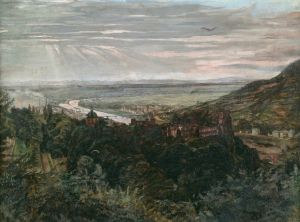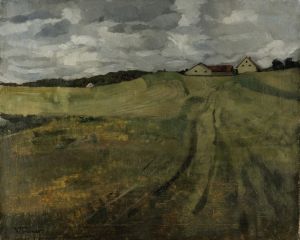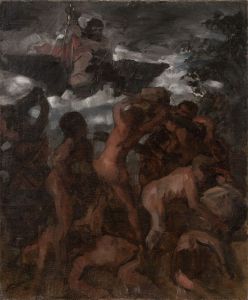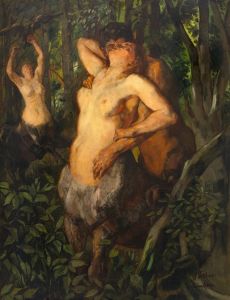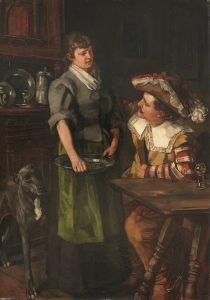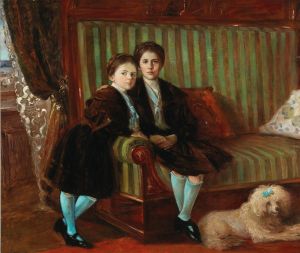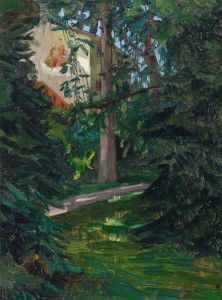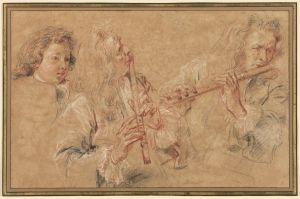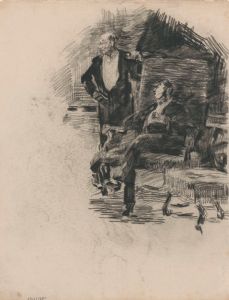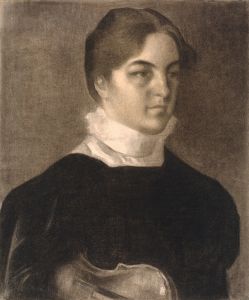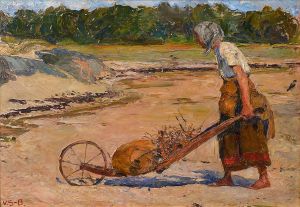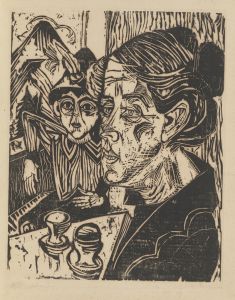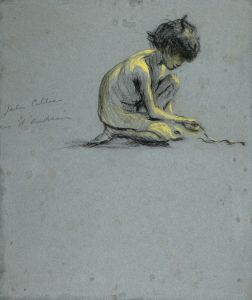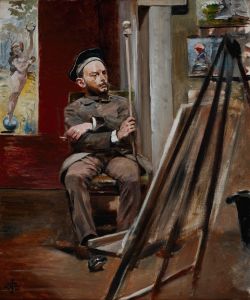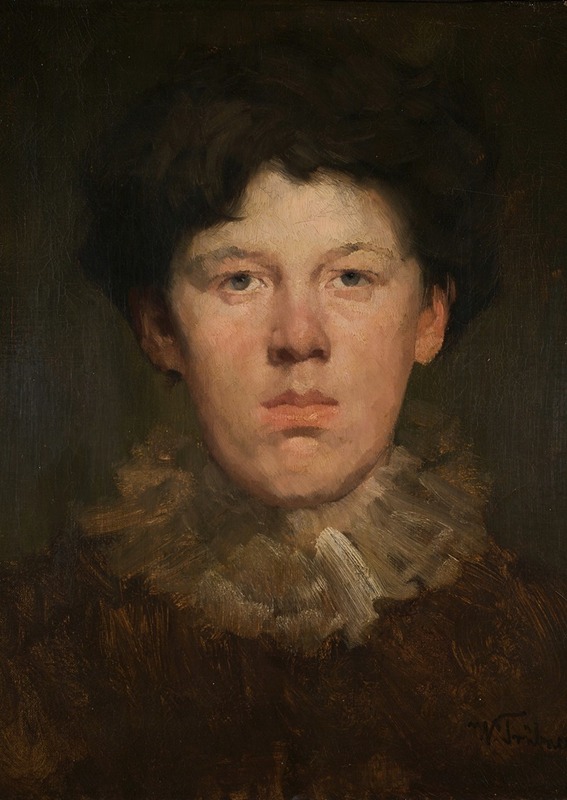
Junge mit Halskrause
A hand-painted replica of Wilhelm Trübner’s masterpiece Junge mit Halskrause, meticulously crafted by professional artists to capture the true essence of the original. Each piece is created with museum-quality canvas and rare mineral pigments, carefully painted by experienced artists with delicate brushstrokes and rich, layered colors to perfectly recreate the texture of the original artwork. Unlike machine-printed reproductions, this hand-painted version brings the painting to life, infused with the artist’s emotions and skill in every stroke. Whether for personal collection or home decoration, it instantly elevates the artistic atmosphere of any space.
Wilhelm Trübner (1851-1917) was a German realist painter associated with the Munich School, known for his detailed and lifelike portraits and genre scenes. One of his notable works is "Junge mit Halskrause" (Boy with a Ruff), which exemplifies his skill in capturing the subtleties of human expression and the textures of different materials.
"Junge mit Halskrause" depicts a young boy wearing a traditional ruff, a type of elaborate collar that was popular in Europe during the Renaissance and Baroque periods. The painting is characterized by its meticulous attention to detail, particularly in the rendering of the ruff's intricate folds and the boy's delicate features. Trübner's use of light and shadow adds depth to the portrait, highlighting the boy's contemplative expression and the fine textures of his clothing.
Trübner was influenced by the works of the Old Masters, and this influence is evident in "Junge mit Halskrause." The painting's composition and the realistic portrayal of the subject reflect the techniques and styles of artists such as Rembrandt and Velázquez. Trübner's ability to blend these classical elements with his own unique approach to realism made him a prominent figure in the German art scene of the late 19th and early 20th centuries.
The painting is also notable for its use of color. Trübner employs a muted palette, with subtle variations in tone that enhance the lifelike quality of the portrait. The boy's pale skin contrasts with the darker background, drawing the viewer's attention to his face and the intricate details of the ruff. This careful use of color and contrast is a hallmark of Trübner's work, demonstrating his mastery of the realist style.
"Junge mit Halskrause" is housed in the Städel Museum in Frankfurt, Germany, which holds an extensive collection of European art from various periods. The museum's collection includes works by other prominent artists of the Munich School, as well as pieces by international masters. Trübner's painting is an important part of this collection, showcasing the artist's contribution to the development of realist painting in Germany.
Wilhelm Trübner's career was marked by his dedication to realism and his ability to capture the essence of his subjects. "Junge mit Halskrause" is a testament to his skill as a portraitist and his keen eye for detail. The painting remains a significant example of Trübner's work and continues to be appreciated by art enthusiasts and scholars alike for its technical excellence and emotional depth.





